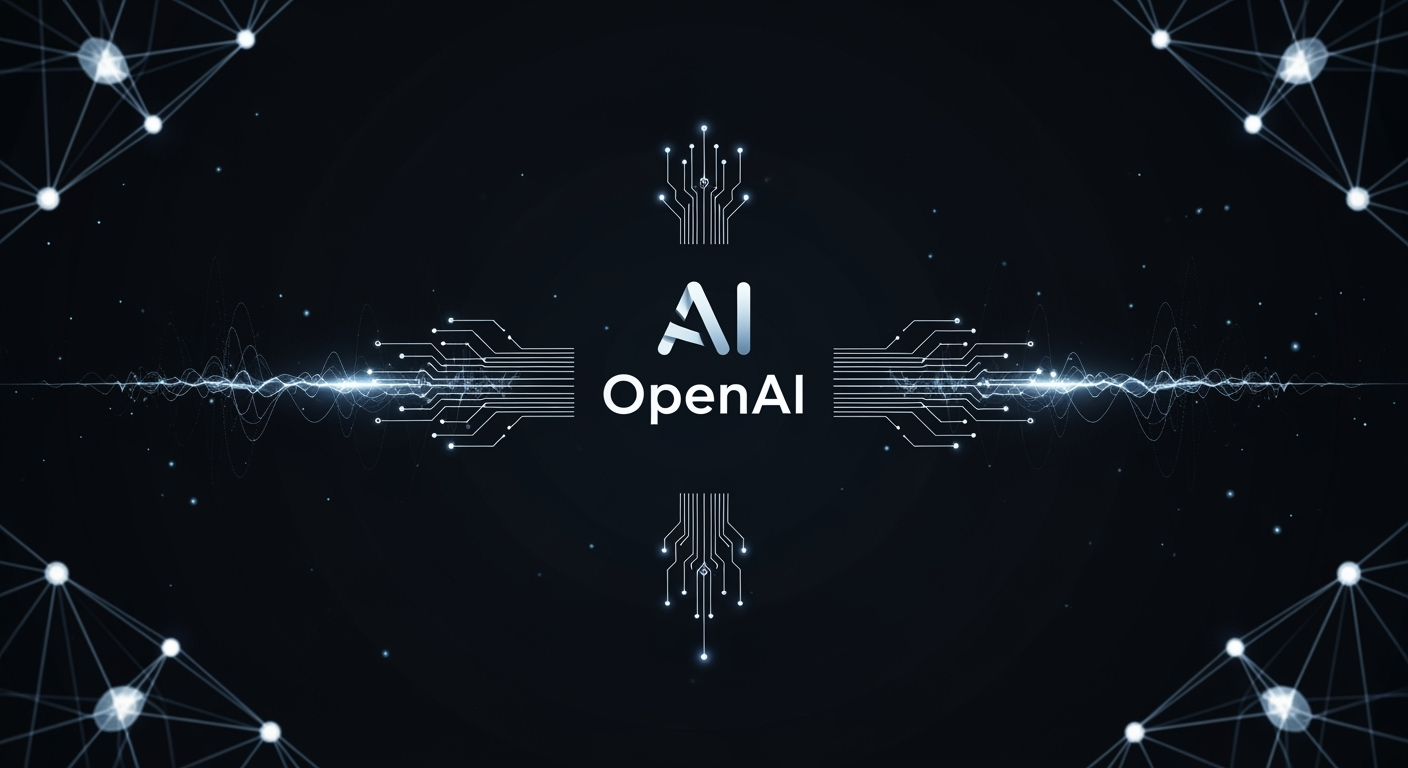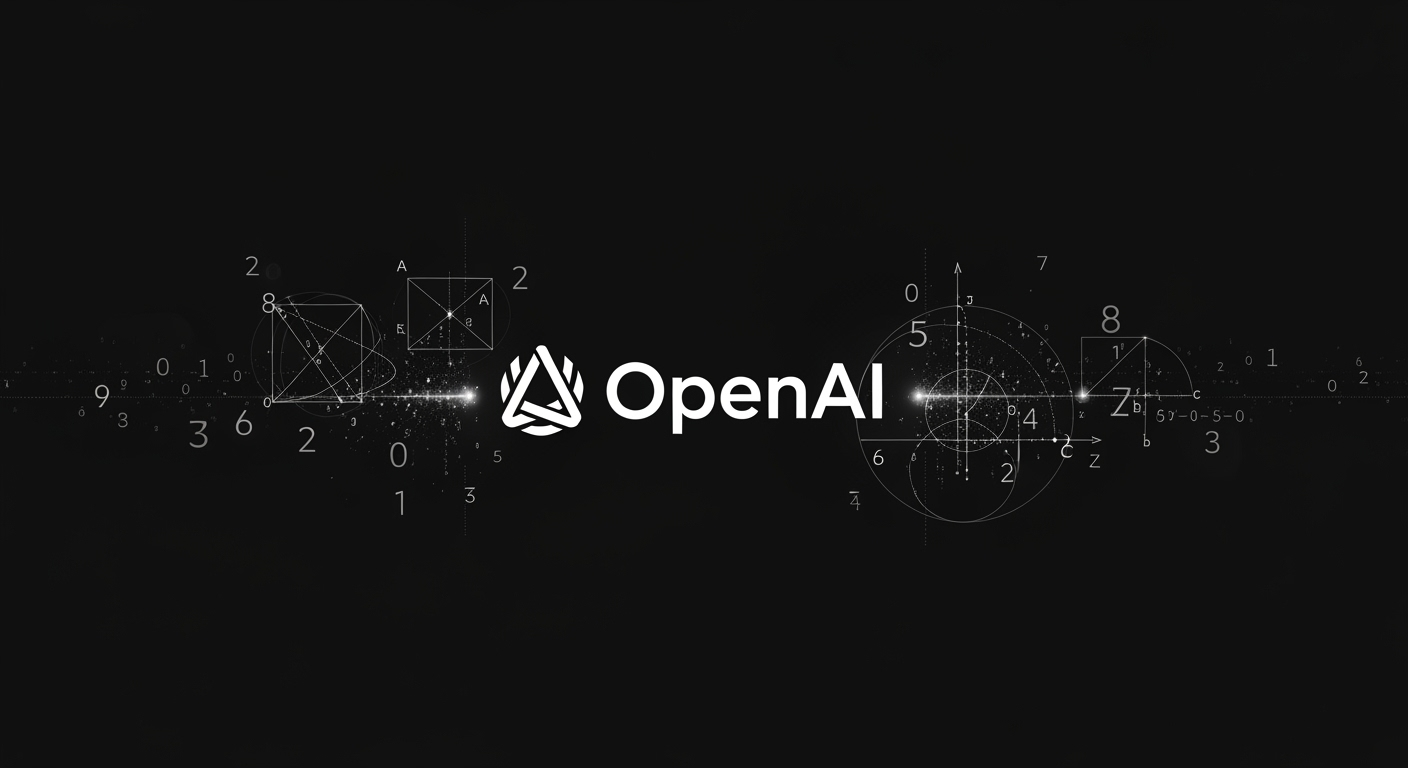OpenAI Releases Two Open-Weight AI Reasoning Models for Developers

OpenAI Makes a Major Return to Open-Weight AI with gpt-oss Models
OpenAI has announced the release of two new open-weight AI reasoning models, marking its first major step back toward open AI since the launch of GPT-2 over five years ago. The models, named gpt-oss-120b and gpt-oss-20b, are now freely available for download on Hugging Face and come under the permissive Apache 2.0 license. This move is designed to empower developers, researchers, and businesses with advanced AI reasoning capabilities without the restrictions of proprietary access.
What Are gpt-oss-120b and gpt-oss-20b?
- gpt-oss-120b: The larger, more powerful model, capable of running on a single Nvidia GPU, making advanced AI accessible for organizations with moderate hardware.
- gpt-oss-20b: A smaller, lighter model that can operate on consumer laptops with 16GB of RAM, ideal for hobbyists and small-scale projects.
Both models are described by OpenAI as “state-of-the-art” in their class, and target a range of use cases from AI agent development to research and commercial applications.
Performance and Benchmarks
OpenAI’s new open models have set strong benchmarks among open-weight AI offerings:
- On Codeforces (competitive coding), gpt-oss-120b and gpt-oss-20b scored 2622 and 2516, respectively—outperforming models from DeepSeek but not quite matching OpenAI’s proprietary o3 and o4-mini models.
- On Humanity’s Last Exam (HLE), the models scored 19% and 17.3%, again leading most open competitors but trailing OpenAI’s latest closed models.


Model Capabilities and Limitations
The new gpt-oss models are primarily designed for text-based reasoning and agentic tasks. They do not support image or audio processing, unlike some of OpenAI’s other closed models. However, developers can connect these open models with closed models for enhanced capabilities, such as image recognition or advanced tool use.
One notable limitation is the rate of hallucinations. On certain in-house benchmarks, gpt-oss-120b and gpt-oss-20b exhibited higher rates of generating inaccurate information compared to larger, closed models—49% and 53%, respectively, on OpenAI’s PersonQA benchmark.
Training and Safety
Both models utilize mixture-of-experts (MoE) architecture, activating only a subset of their parameters per query for efficiency. OpenAI also employed reinforcement learning (RL) during post-training, similar to its approach with the o-series models. The models excel at powering AI agents and can invoke tools such as web search or Python code execution as part of their reasoning chain.
In terms of safety, OpenAI delayed the release multiple times to address concerns around misuse, particularly regarding cyber and biosecurity. While some marginal increase in risk was observed, OpenAI found no evidence that the models could easily be fine-tuned for high-risk tasks.
Why Open Source Now?
The shift comes amid increasing competition from Chinese AI labs like DeepSeek, Alibaba’s Qwen, and Moonshot AI, which have gained traction with high-performing open models. U.S. policymakers have also encouraged open-sourcing to keep American AI innovation globally relevant and aligned with democratic values.
“To that end, we are excited for the world to be building on an open AI stack created in the United States, based on democratic values, available for free to all and for wide benefit.” — Sam Altman, OpenAI CEO

Licensing and Data Transparency
The Apache 2.0 license allows anyone to use, modify, and monetize these models without seeking permission. However, OpenAI is not releasing the training data behind these models, citing ongoing legal disputes and industry norms around data privacy and copyright.
What’s Next?
OpenAI’s release is expected to spur innovation among developers and enterprises, but competition remains fierce. The AI community is now watching closely for upcoming releases from DeepSeek (R2) and Meta’s new superintelligence lab—potentially setting the stage for even more open AI advancements in the near future.





